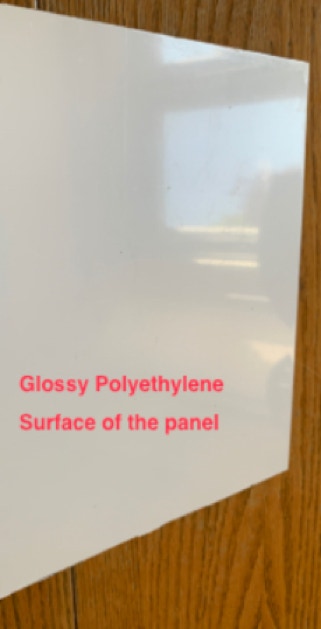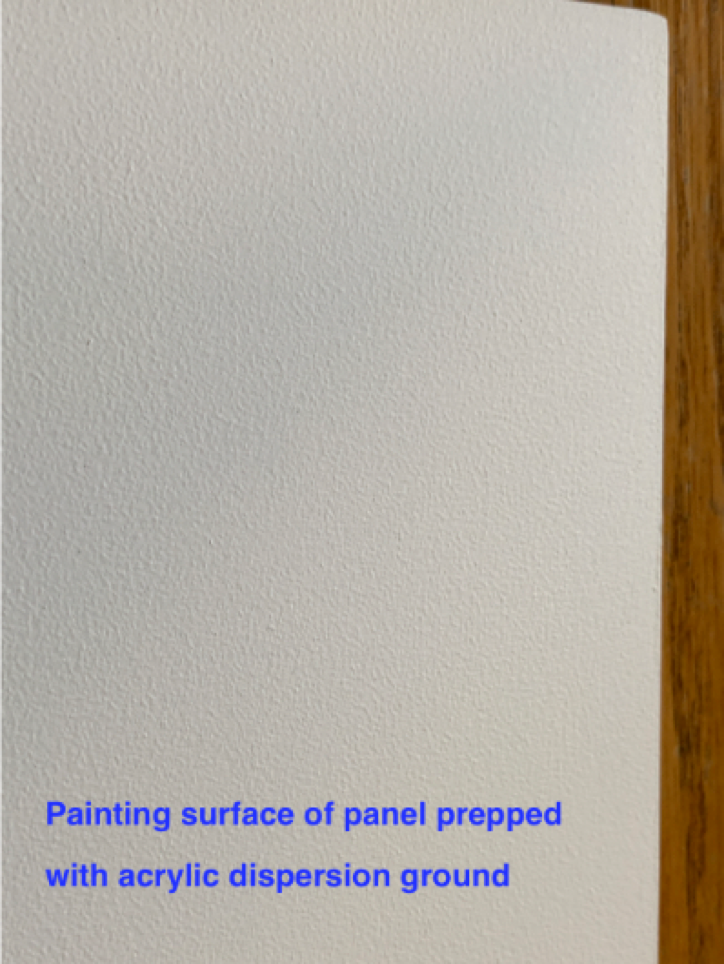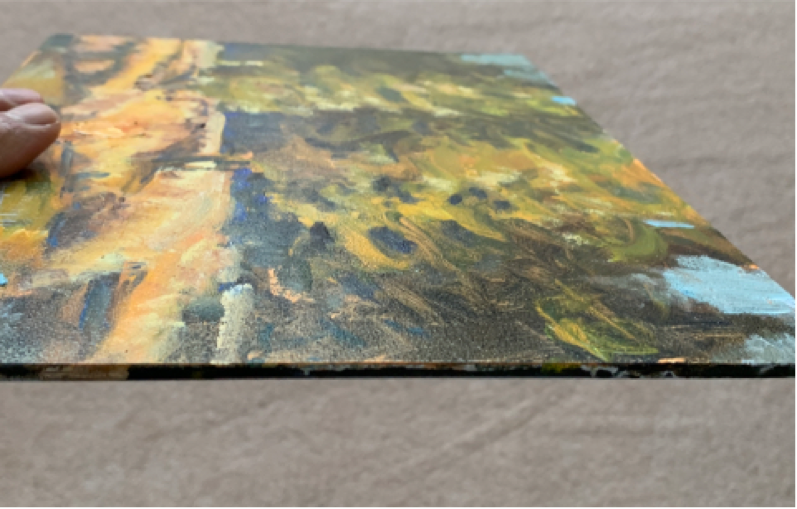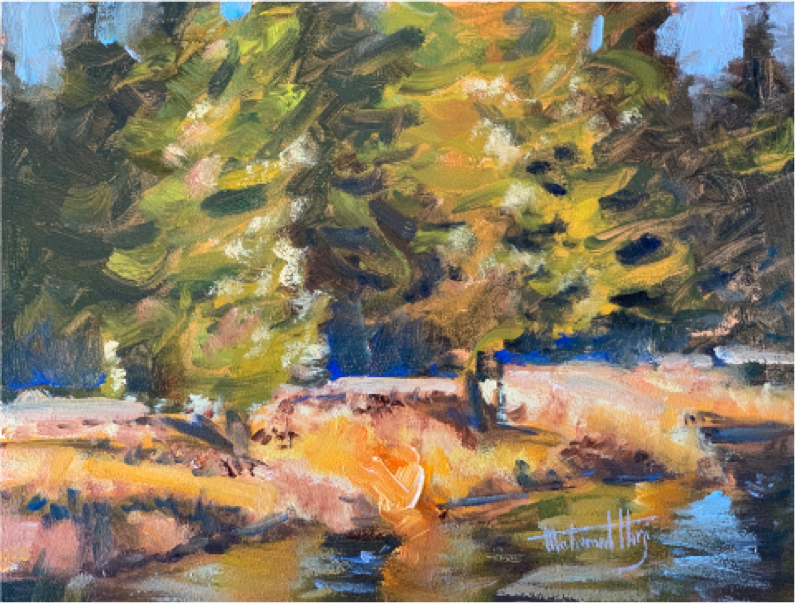
Fine Art
We have discussed several substrate options for Acrylic & Oil paintings, each with their Pros & Cons.
Lately, a new product has hit the market and some artists have started using aluminum panels. I have tried these and they are impressive to say the least. This I believe is the ultimate substrate.
These panels consist of a a 3mm aluminum core with a glossy polyethylene finish on both sides. Canvas can either be glued onto one of the face of the panels or one of the faces of the polyethylene surface can be prepped by sanding and adding an acrylic dispersion ground to receive the acrylic or oil paint directly.



Since I am naturally skeptical of "new and improved" versions, I wanted it to pass some tests. I did a small oil painting on one of the panels prepped with the acrylic ground. Once the painting had dried, I subjected it to a lot of abuse.
I placed the painting in a container completely submerged in water for one month. The painting was not damaged at all and neither was the panel. I then placed it in the freezer for a week and again no damage, then I subjected it to about 50 degrees Celsius in my oven for an hour still no damage. The panel did not even warp. This is an amazing product, completely indestructible. I am now completely sold on it and have done several oil paintings on these panels. Below is an example of one of them.


Summary:
In short, I believe, I have found a perfect substrate for my paintings.
The Pros & Cons of these Aluminum panels
Pros:
-Able to purchase various popular sizes. Due to their standard sizes, can easily fit into affordable, ready made frames.
-Extremely durable and thin, so perfect for on location painting.
-Easy to transport by mail/courier etc to out of town collectors and galleries
-Easy storage.
-Firm, so do not bend and warp.
-Indestructible
Cons:
-Painting cannot be cropped to include only the most pleasing composition. Unfinished look.
-Cannot be displayed in gallery or hung for collectors unless cradled or framed.
-Collectors have to go through the hassle of getting it framed.
-A little on the expensive side.
I hope this was informative and hopefully will help you make an informed choice when you purchase your next piece of Art.
If you enjoy this blog, please forward it to your friends and contacts. Why not subscribe to my Newsletter and receive this in your mailbox instead?
Thank you for following.
Mohamed Hirji